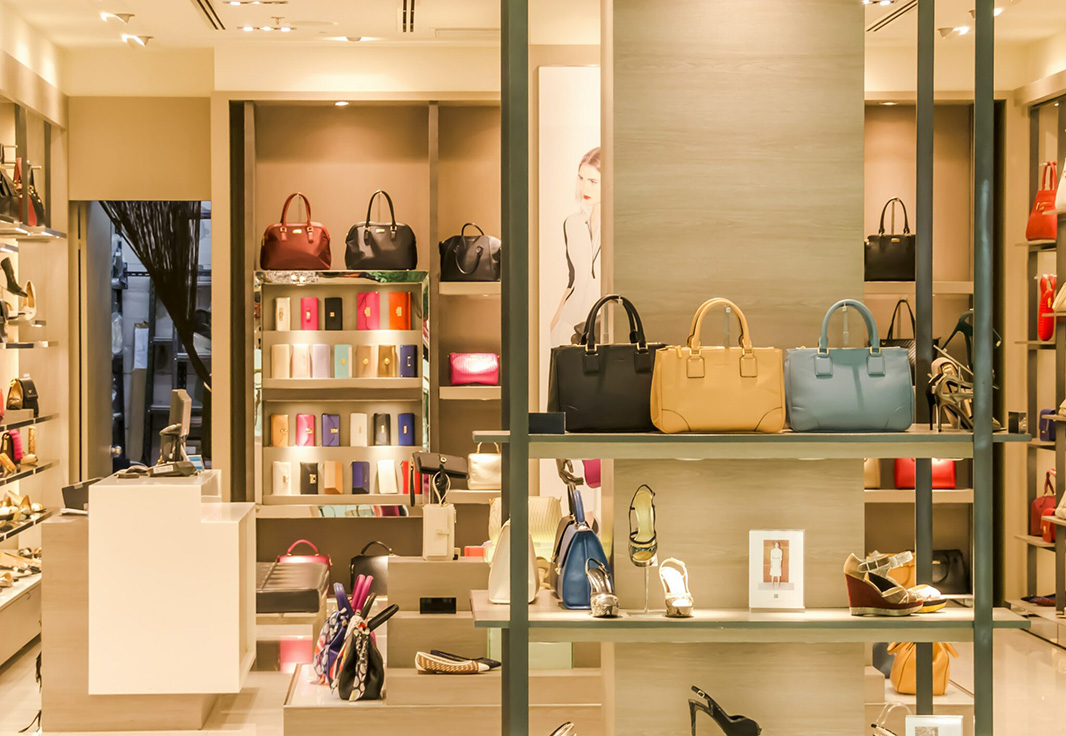Merchandising is a given in any eCommerce store. Making sure that products are displayed in a way that attracts sales and conversions is a basic element of sales that can’t be avoided. Despite this, there is not a one-size-fits-all approach when it comes to merchandising. Making sure that your strategy is optimized in order to maximize profit is crucial. One of the top ways to do this is through personalization.
Why Use Personalization?
Personalization means creating a customer experience that values the shopper on your website as unique. Customers should have to their own set of preferences and requirements catered to.
When a shopper walks into a brick and mortar retail store, they can use their own judgment to source out products that appeal to them personally, even through just spotting a color out of the corner of their eye. The same does not apply to ecommerce merchandising. The lack of flexibility and freedom of movement becomes a problem; especially without a store assistant helping the journey.
Ensuring that the customer is able to have a unique experience that caters to their specific shopping preferences needs to be created by the ecommerce store in question. This is done through personalization.
How Does It Help?
Broad merchandising is a given; choosing which products are displayed most prominently is the merchants strategy choice. Maybe it’s the most popular product, or the one with the highest profit margin, or low inventory items. This style of merchandising benefits the merchant, as it suits their incentive.
Personalized merchandising benefits both the merchant and the shopper. By placing more of the strategy focus on what it is that the shopper is looking for, the outcome ends up being beneficial for everyone. This is because an improved customer experience, namely a personalized customer experience, results in higher sales and conversions.
How To Personalize
Personalization can be included at any part of the merchandising game, throughout the whole website. Creating hyper relevance through personalization allows each customer to feel valued. In order to create optimized personalization, some kind of profile must be built on the customers; to see what they are interested in.
These can be based on customer preferences, past behaviors or click profiles created in the current moment. Whatever data is available on the customers, this can be used in order to personalize the way that each customer experiences the online merchandising.
Personalization may occur on the following pages of the website:
- The homepage collections
- Adverts displayed
- Previously viewed products
- Seasonally relevant items
- Size appropriate collections
- Hidden irrelevant products
- Recommended products
- Cross-sell Upsell Items

By making sure that the shopper receives the most relevant shopping experience to them, their purchase funnel from entry point to checkout is smoothened. With less time having to scroll through irrelevant products, and by merchandising that is uniquely tailored to them, conversions and customer loyalty is increased.
Omnichannel Importance
When using personalization in merchandising, remembering how important the omnichannel experience is is crucial. Shoppers want to have personalized experiences across any channel that they access the eCommerce store from. Whether they access the store from their phone, the website or through email marketing, they want to have their needs catered to in terms of the products they see.
Incorporating omnichannel personalization into a marketing strategy is therefore important, as more people are using mobile phones to shop eCommerce than ever before. A great way of ensuring this is by creating a mobile app for your store, so that your merchandising strategies can be implemented in the optimized way for the customers.
Is Personalization In Merchandising That Important?
In short; yes! Customers expect a personalized experience when they are shopping. In order to increase brand loyalty, customers don’t want to feel as though the business only cares about themselves. The shopper wants to feel as though the customer cares about them; not just making money. Personalization is one of the key features that merchandising has to offer in order to achieve this. Increasing customer loyalty can lead to lifetime customers, improved brand loyalty, and improved conversions.
